History and Politics
Date: June 12, 1898
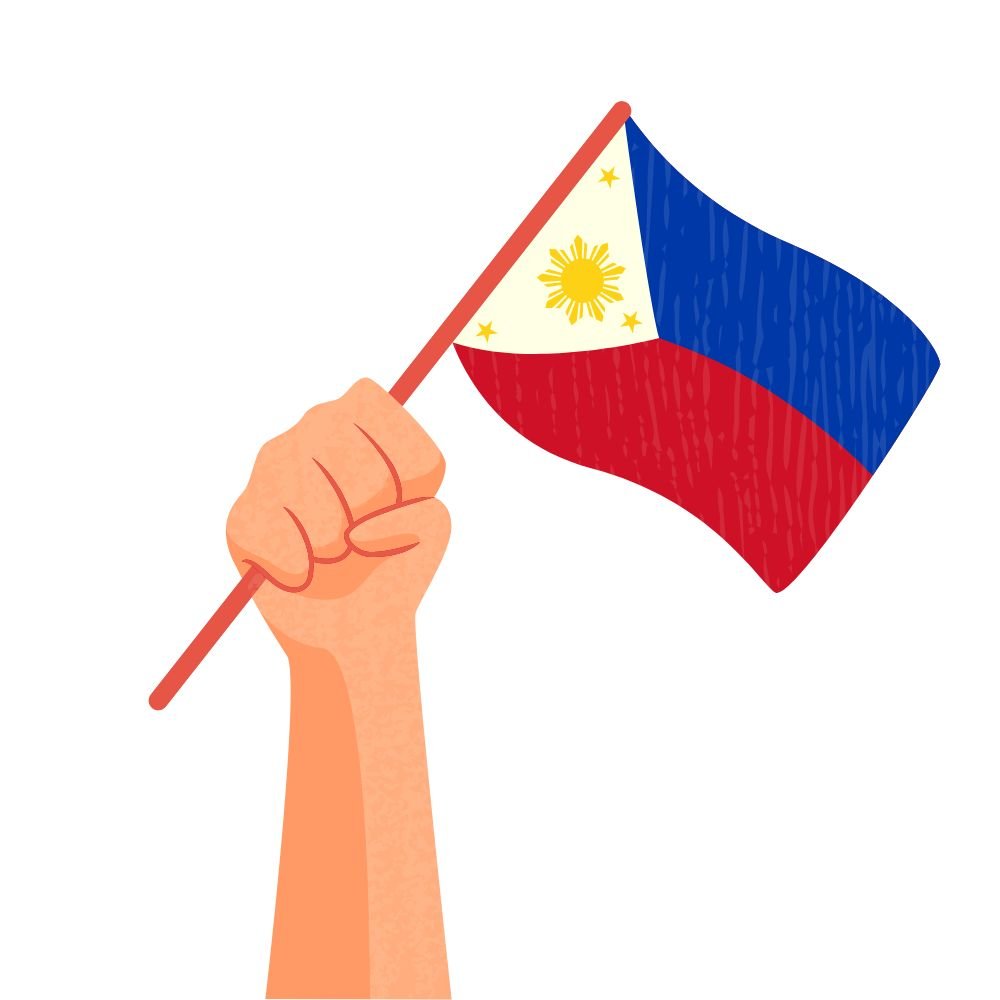
The Philippines has a very long history and is part of Austronesia. The Austronesian people are a large group of people which stretch from Madagaskar to Indonesia and the Philippines up to Hawaii. This is why you often find similarities between the people of these regions, from their languages to tribal culture and housing. As many of these countries, the Philippines also experienced colonialism. Ferdinand Magellan crossed Cebu during his world travel, where he was fought by Lapu-Lapu, the then-leader of his tribe. The sailors bringing back the information of the happening to the Spain, the Spanish came back to conquer the Philippines and claim it as their own. Due to being colonised by the Spaniards from 1565 to 1898, it has adopted a lot of of the Spanish culture and you might hear words that remind you from the Spanish language.
While declaring itself independent in 1898 with Emilio Aguinaldo elected as the president, the Americans (after defeating Spain in their war) did not recognise the Philippines independence and occupied the country for more than 40 years before it was then occupied by Japan in 1942 for another 4 years. With the Japanese defeat in 1945 the Philippines finally reached independence on July 4, 1946 by the US. But, the independence day was later on changed to June 12. Why? You may want to keep on reading.
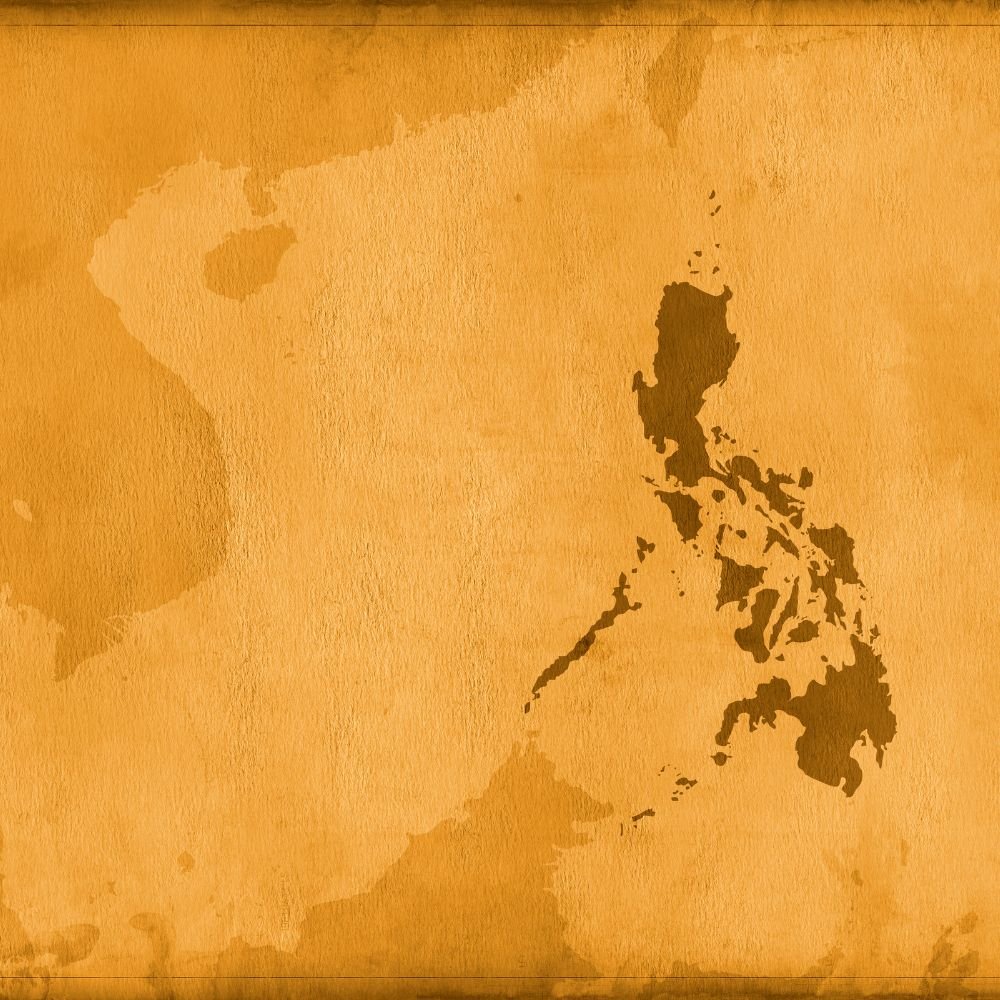

The change to June 12 was done by president Diosdado Macapagal on May 12, 1964. He did this to commemorate Emilio Aguinaldo’s original proclamation of Philippine independence from Spain in 1898. In his 1962 speech he elaborated on the change by saying, “The irrefutable claim of June 12 as our day of freedom is bolstered by the fact that it is the culmination of many acts of patriotism and nationalism. June 12, 1898 is pregnant with meaning not only for our people as the birthday of their sovereign nation but also for the world, since it was our Filipino patriots and leaders, Rizal, Aguinaldo and Bonifacio, who led the nations of Asia in breaking the chains of colonialism in order that they may breathe the fresh air of individual liberty and national dignity.” He viewed it as a restoration of the Filipino legacy struggling for independence against Spain just to have it disrupted by half a century by the US colonial rule.
As you can see, the Philippines has undergone quite a history until it was able to be free and on their own. The country’s people elect now every 6 years a new president and it feels very much that it has broken its chains from external influence to finally finding itself and developing to what the nation really wants to be. In the past 15 years, this country has developed greatly from what it already was. It is transforming and modernising itself with new routes, new buildings, new establishments and revitalising tourist destinations. It is a great way to see how the Philippines is continuously growing and outperforming itself.
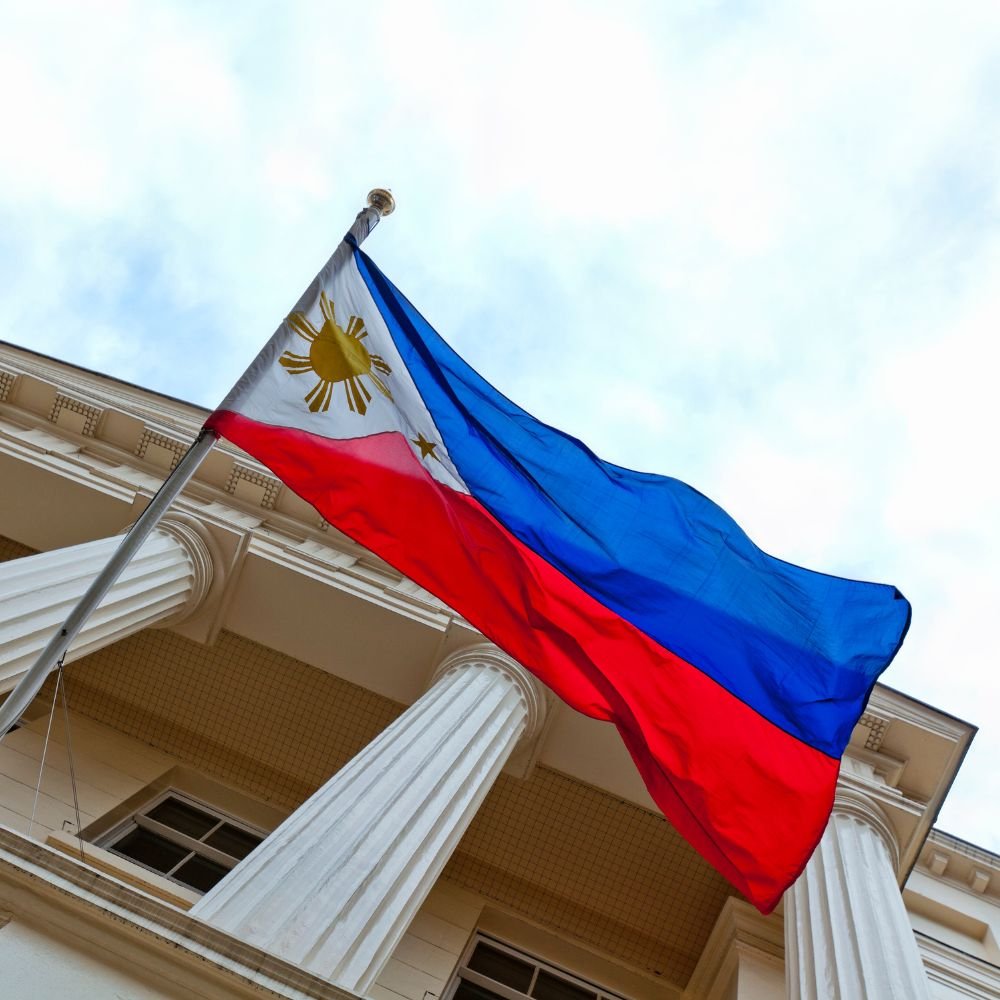
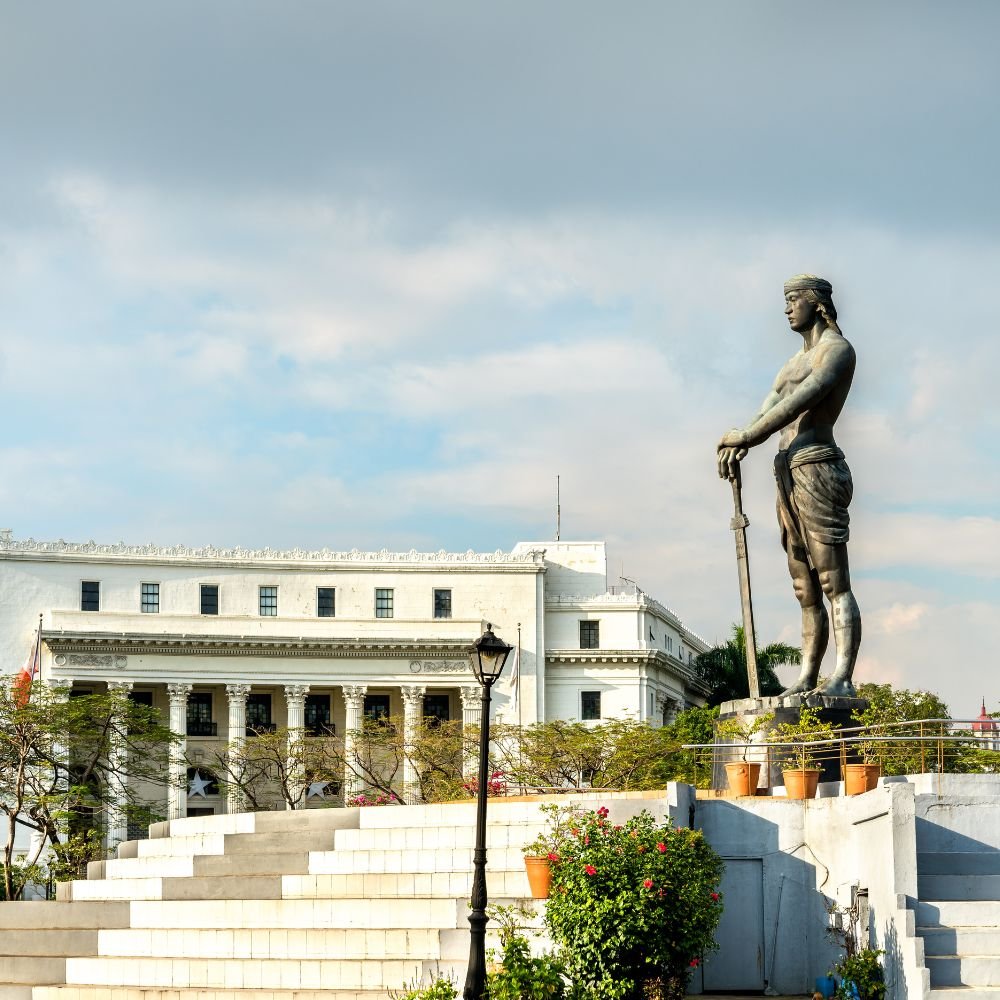
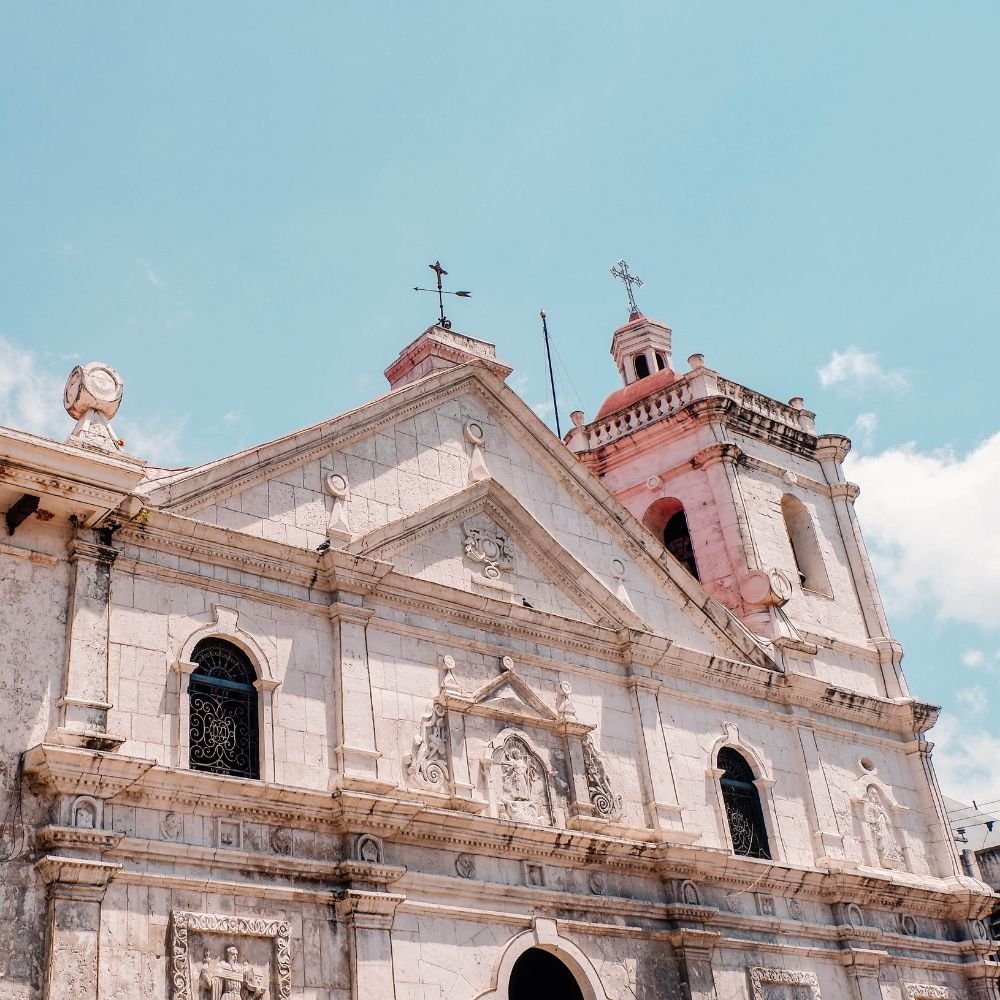
Politics and Government
The Philippines is a constitutional republic with a presidential system. It is democratically governed and the president functions as the head of state as well as the government. He is the commander-in-chief of the military forces and being elected every six years by the people. There is a congress composed of the Senate, elected every six years, and the House of Representatives, elected every three years. The judicial power is in the Supreme Court, which are all appointed by the president.
It is one of the founding members of the ASEAN and has hosted several summits. It is also a member of other summits and groups like the East Asia Summit, Group of 24 and the Asia-Pacific Economic Cooperation.
The country is divided into 17 regions.
